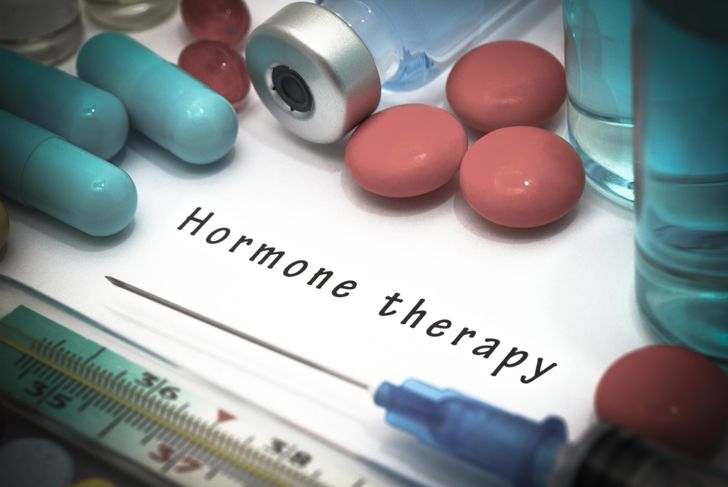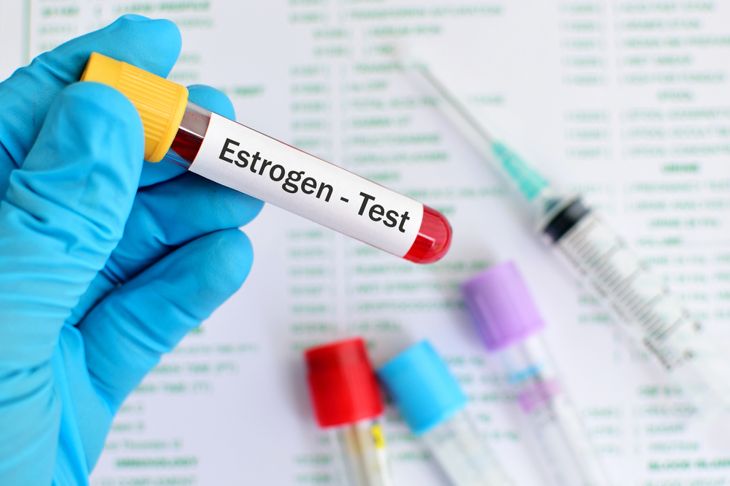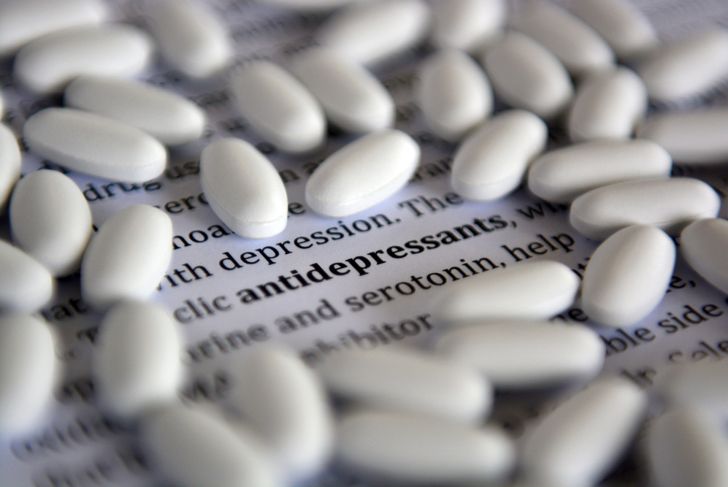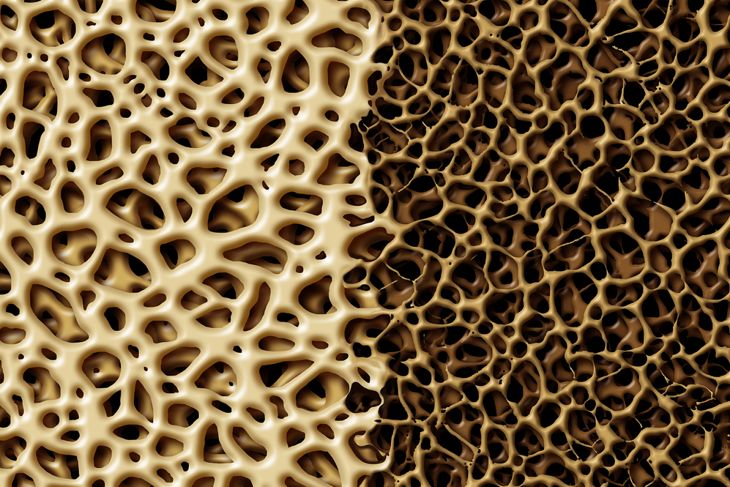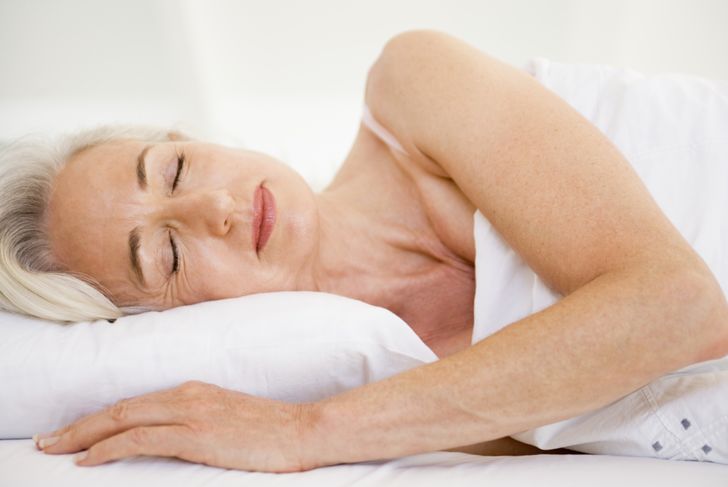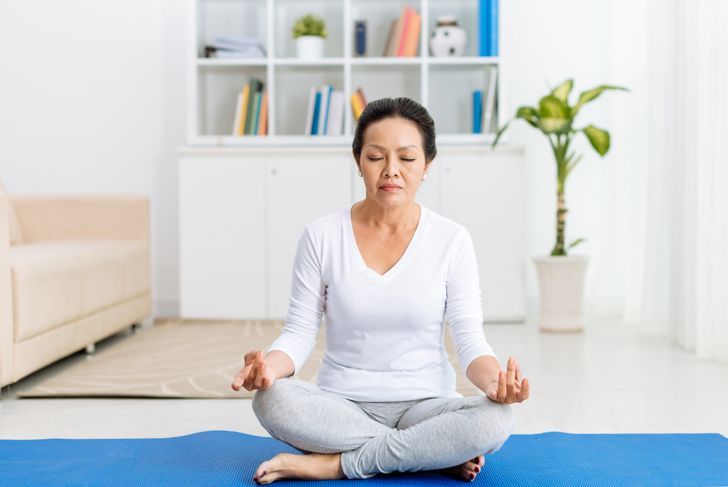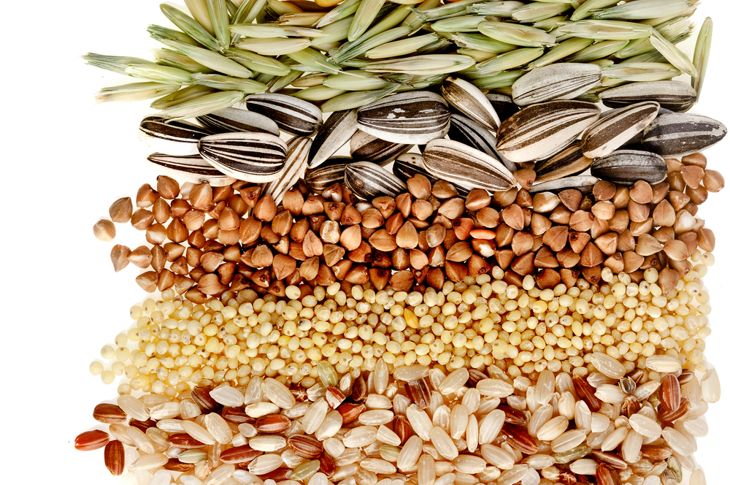Menopause is the name given to the various changed that happen to a woman’s body when she stops her reproductive period. It is made up of three stages. Perimenopause, which is the begin of menopause and symptoms may present themselves as the estrogen levels reduce, the central point where the ovaries stop producing eggs is menopause, and the last stage is post menopause which covers the years after menopause where symptoms such as hot flashes may still occur. Menopause is an entirely normal condition that all women experience as they get older, usually sometime after the age of 40, unless you experience premature menopause.
Hormone therapy
Hormone therapy for menopausal women is one of the leading treatments to relieve some key factors of the symptoms on the temporary condition. This treatment is suitable for those women who suffer from moderate to severe menopausal symptoms and appropriate for women up to the age of 59, or who are within ten years of menopause. Hormone therapy is not right for every woman in menopause, but it is constantly undergoing research to make it more accessible to more women, and have fewer side effects.
Vaginal Estrogen
Vaginal estrogens work by increasing the amount of discharge produced from the vagina. This normal discharge helps make the vagina function properly and relieves the dryness and soreness associated with menopause. This estrogen dose will also lessen or vanquish any pain felt during intercourse, the itching or redness experienced around the vulva and any urge to urinate more frequently, and peeing with pain. Estrogen is absorbed into the bloodstream and can be taken orally, applied as a cream, as a suppository, or as a vaginal insert with an extended time release.
Antidepressants
As an alternative to hormone replacement therapy, many women will instead take a slight dose of antidepressants. These medicines are called selective serotonin reuptake inhibitors (SSRI). Primarily an antidepressant, a side effect of the drug is that it can reduce the number of hot flushes a menopausal woman will experience throughout menopause. There are side effects of this drug such as reduced sex drive and nausea, and it is not right for every woman, or when it is mixed with other prescription medicine. This medication will need to be prescribed by your doctor.
Other medications
If you do not want to use hormones to relieve the hot flashes of menopause, there are other drugs on the market. Once again, these drugs are used for other conditions, but it has been found that when taken by menopausal women the length and severity of hot flashes decreases and many women feel much better on the medication. Gabapentin is an anti-seizure medication commonly used, as is clonidine, usually used for patients with high blood pressure.
Osteoporosis Medication
Tests have discovered that there is a direct correlation between menopause and developing osteoporosis, especially postmenopausal women. It is stated that the average woman may lose up to 10% of bone mass within the first five years of menopause. This is because estrogen is very important for bone strength and the estrogen levels are severely decreased in menopause. A healthy diet and exercise will improve the effects of both menopause and osteoporosis. There are of course medications that can be taken to benefit both conditions, and you’ll need to consult with your health care professional before taking them
Rest
Sleep quality suffers significantly when a woman goes through menopause. Hot flashes interrupt sleep patterns and cause fatigue, snoring is common, as is sleep apnea and insomnia. The psychological and the physical change that menopausal women go through can take a toll on the body and system, and, as in many sicknesses and conditions, sleep is one of the best ways to regenerate and recoup from the menopause can take.
Relaxation and meditation
The stress of menopause, both physical and mental, can have a great impact on the quality of life you lead while transitioning through this period. One of the best ways not to lose your head is to practice a bit of meditation and mindfulness. Research has been conducted with menopausal women and the effect regular meditation and relaxation has on the symptoms of menopause. The results have been very positive with hot flashes frequency dropping by around 39% and, the severity by 40%. Beneficial to most people, a little meditation, stretching, and relaxation can go a long way to help naturally manage the symptoms of menopause.
Pelvic floor exercises
Strengthening your pelvic floor can benefit menopausal women a great deal. In menopause, the decline in circulating estrogen puts women at risk of urogynaecological dysfunction. Incontinence, sexual dysfunction and discomfort, and pelvic organ prolapse can be experienced. Strengthening the pelvic floor by performing Kegels and other internal floor exercises help you to enhance the muscles of the pelvic floor which in turn increases bladder control, tone the inner muscles to support your organs and even benefit the libido. Kegel exercises are discreet, and it only takes a few minutes per day to improve the state of your inner workings.
Diet
Many women gain weight while experiencing menopause; this is because of a decrease in estrogen and slower metabolism, plus other modern lifestyle factors including lack of exercise and a poor diet. Eating fat-free food products and cutting out sugar from your diet are two ways to begin setting your menopausal body on a better path in regards to both health and weight fluctuation. A diet high in calcium, eating lots of fruit and vegetables and less meat is required, it also should including ingesting smaller meals throughout the day, is beneficial to those experiencing menopause.
Plant Estrogens
Within your balanced diet, some women choose to consume plant estrogen to counterbalance the effects that menopause has on the estrogen in the body. Called phytoestrogen, it refers to specific foods that are very high in natural estrogens. Food such as whole grains, flax seeds, nuts, herbs, soy products, soybeans, and legumes are on the top of the natural estrogen list, followed closely by cereals and fruit and vegetables. This approach is a natural alternative to drugs to alleviate the symptoms felt during menopause, especially if the women have found drug side effects to be harmful to their minds and bodies.

 Home
Home Health
Health Diet & Nutrition
Diet & Nutrition Living Well
Living Well More
More